As the voice of Scotlandís mountain lovers and mountaineers, we stand up against insensitive development proposals that have a negative impact on Scottish mountain landscapes.
Poorly constructed hill tracks and roads are one of our campaign priorities, and in a recent survey of our 13000 members, it was considered their greatest concern for protecting Scotland's mountains.
Mountaineering Scotland is not opposed to well-constructed tracks where they are necessary for land management operations. They help us get into the hills and following a well-maintained stalking track through remote country can be a delight. But in recent years there has been of sharp rise in the number of hill tracks constructed across Scotland...
Many of these are bulldozed through some of our most valued wild land with little regard for build-quality, appearance or effective drainage, causing scars that can be seen for miles around. There are two aspects to this problem and in each we have a different campaigning approach:
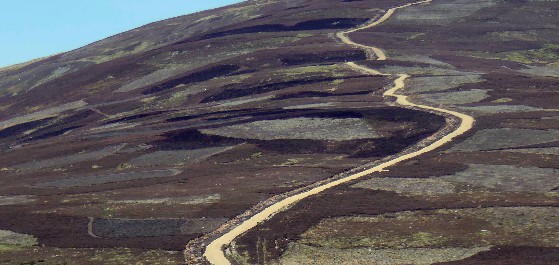
Landowners are not currently required to have planning permission for hill tracks associated with agriculture and forestry. We want this to change so that ecology and visual impact is prioritised and conditions on materials and construction can be set.
Through campaigning pressure, the law was changed in 2014 to provide more planning supervision of hill tracks by asking landowners or developers to give prior notification to local planning authorities of planned hill tracks.
However planning authorities have only six weeks to respond to developers before assumed permission is given.
In practice, this means many hill tracks go ahead due to the planning teamís lack of time to respond.
What we want:
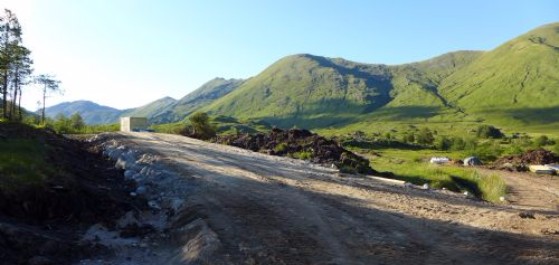
Hydro track disruption in Glen Quoich
Unlike
other hill tracks, access roads and other civil engineering works associated
with hydro schemes or wind farms are subject to planning permission. The issue
here is ensuring planners set conditions to ensure the quality of the work done,
monitor the results and take enforcement action when it is done poorly.
We recognise that any renewable energy project in a rural landscape will give rise to possibly significant short-term landscape effects and accept that this is a temporary effect of a transition to a lower-carbon economy.
However
our key concern is the long-term effects, especially the importance of ground
restoration around pipeline and access routes after the construction phase is
over. Hydro tracks especially give rise
to concern with intake maintenance often resulting in permanent tracks wider
than is actually required for the task.
What we want:
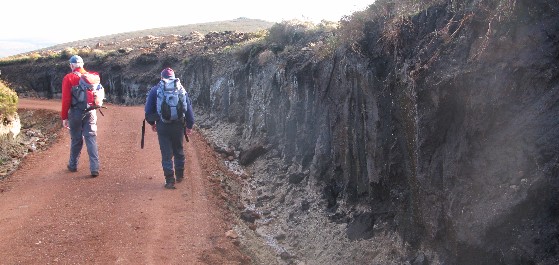
Dramatic ground works at Glen Dye
We support the Scottish Environment LINK Hilltracks campaign which has been monitoring local authority planning websites looking for prior notification of new hill tracks and raising concerns or giving comments on specific tracks.
They are now looking for your help in assessing whether there has been an improvement in the standard of tracks and their impact on the environment and landscape. They also wants to know if there are still new tracks appearing which have not gone through any planning process at all.
What to do:
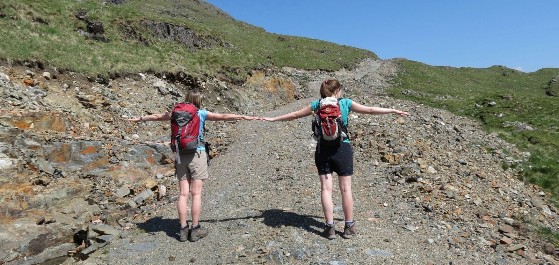
Beinn Bhuidhe hydro scheme scars
We need your help to keep an eye on the quality of mitigation and restoration work done by hydro and wind farm contractors after their energy projects are complete.
We
urge local authorities and Scottish national parks to use their powers to
ensure the impact of hydro scheme scars on upland areas is mitigated by
developers. However, after recent correspondence with planning authorities it
is clear that some lack capacity to monitor and follow up these issues.
What to do:
When we were informed by a member that reinstatement work had still not been carried out after the completion of the hydro scheme project on Beinn Bhuidhe near Inveraray, we contacted the planners at Argyll and Bute Council. They were grateful for the intelligence and issued an enforcement notice to the developers.
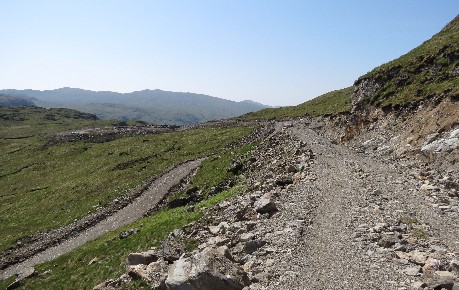
Impact of development at Ben Bhuidhe